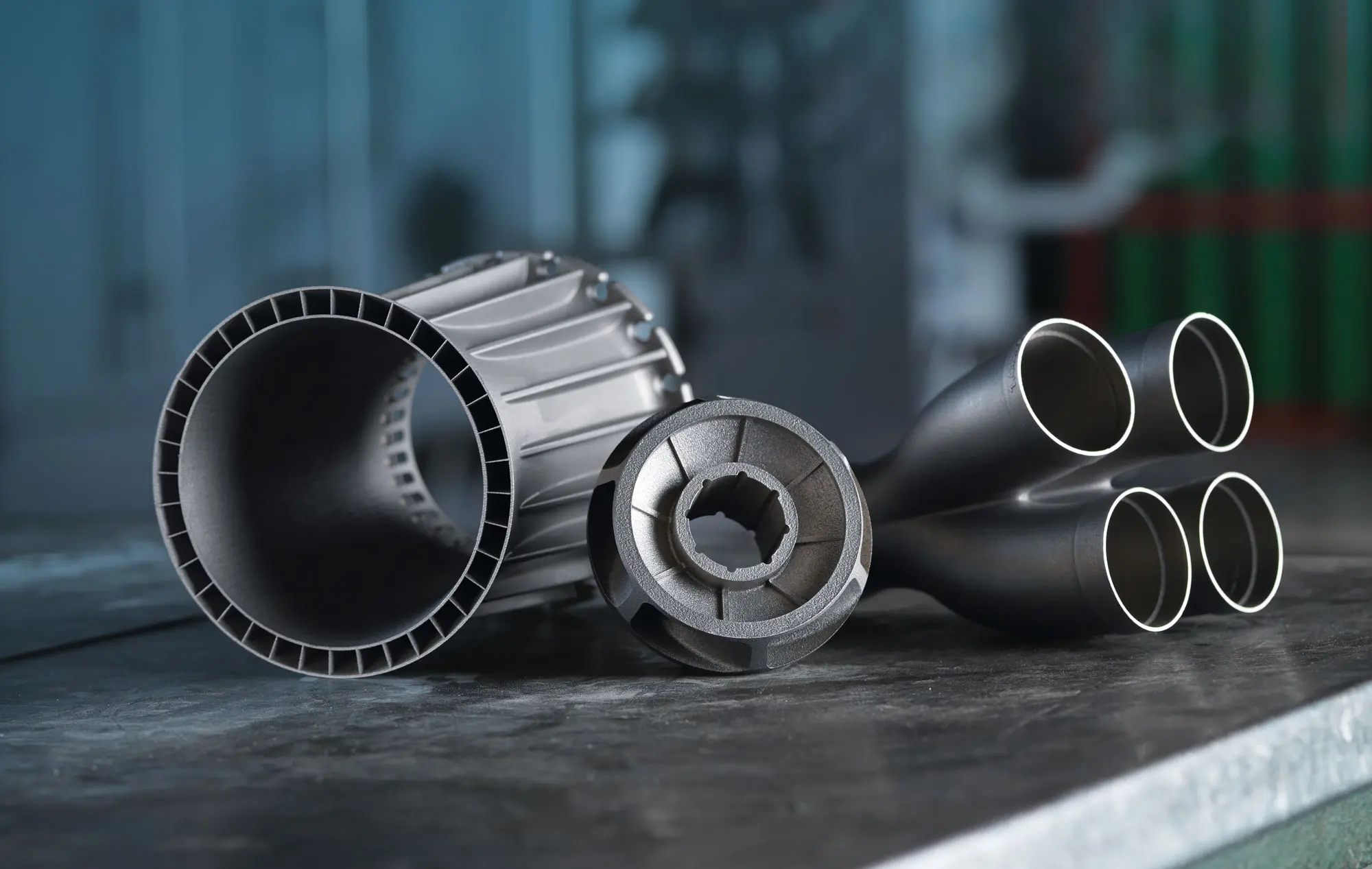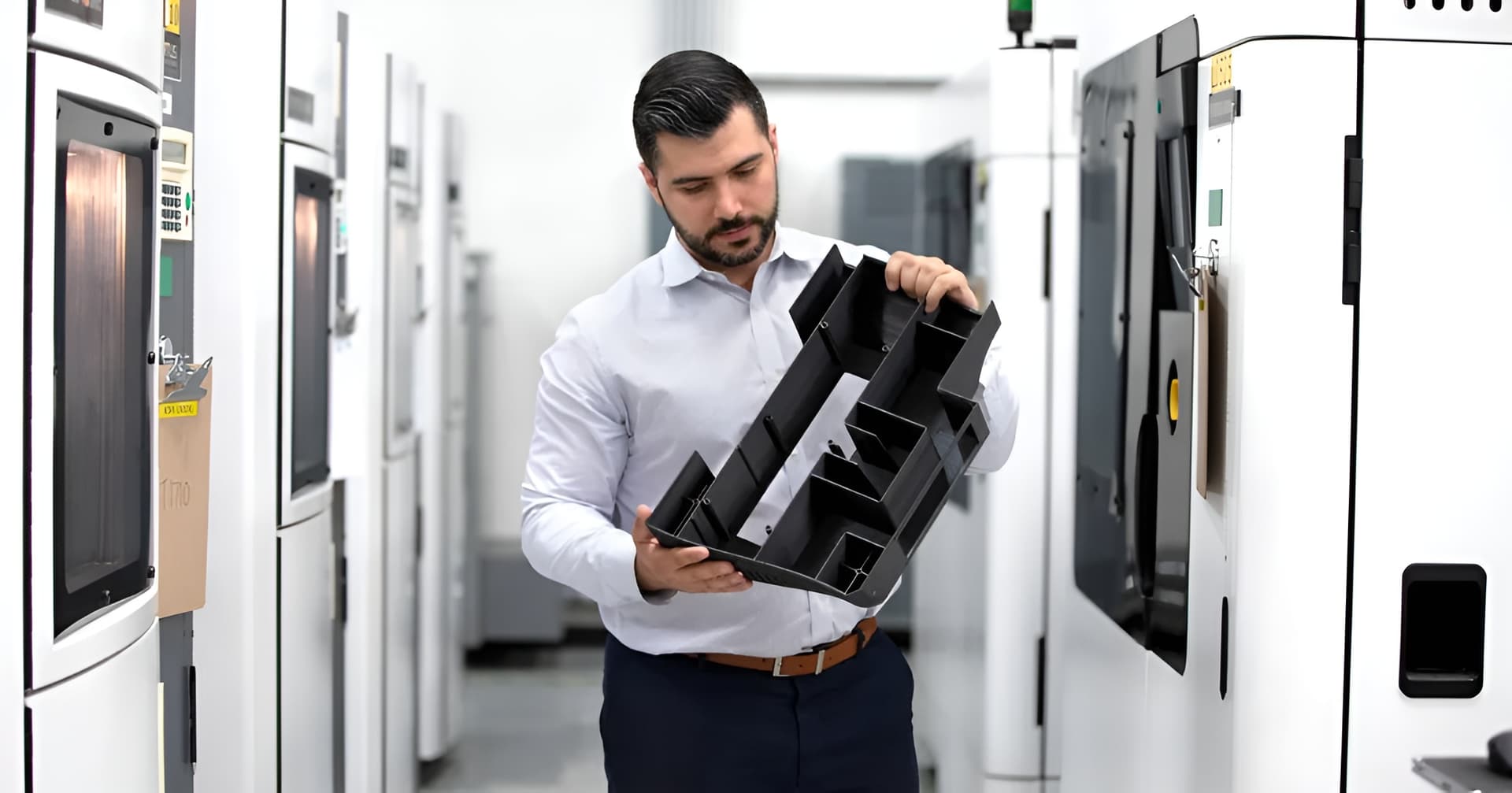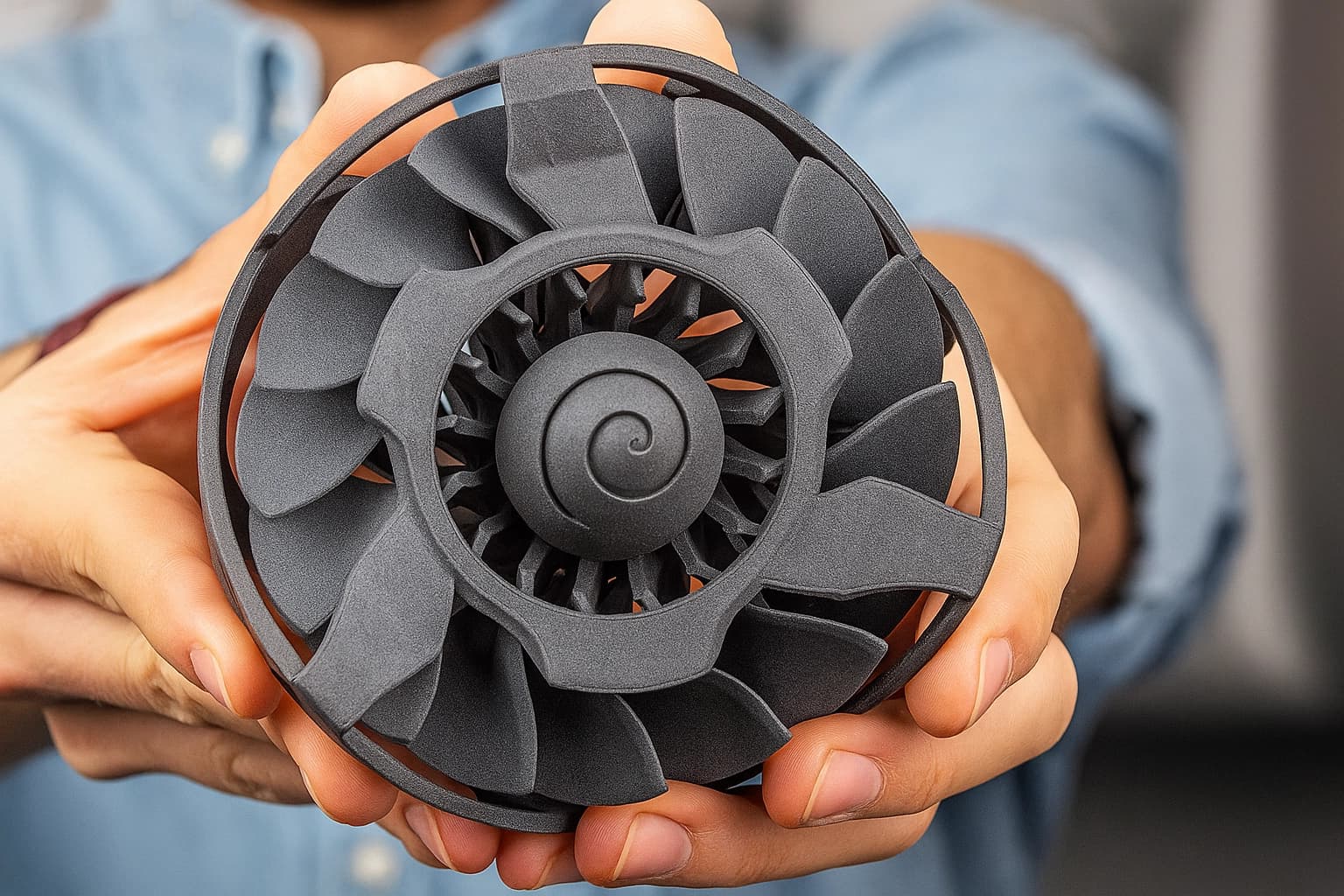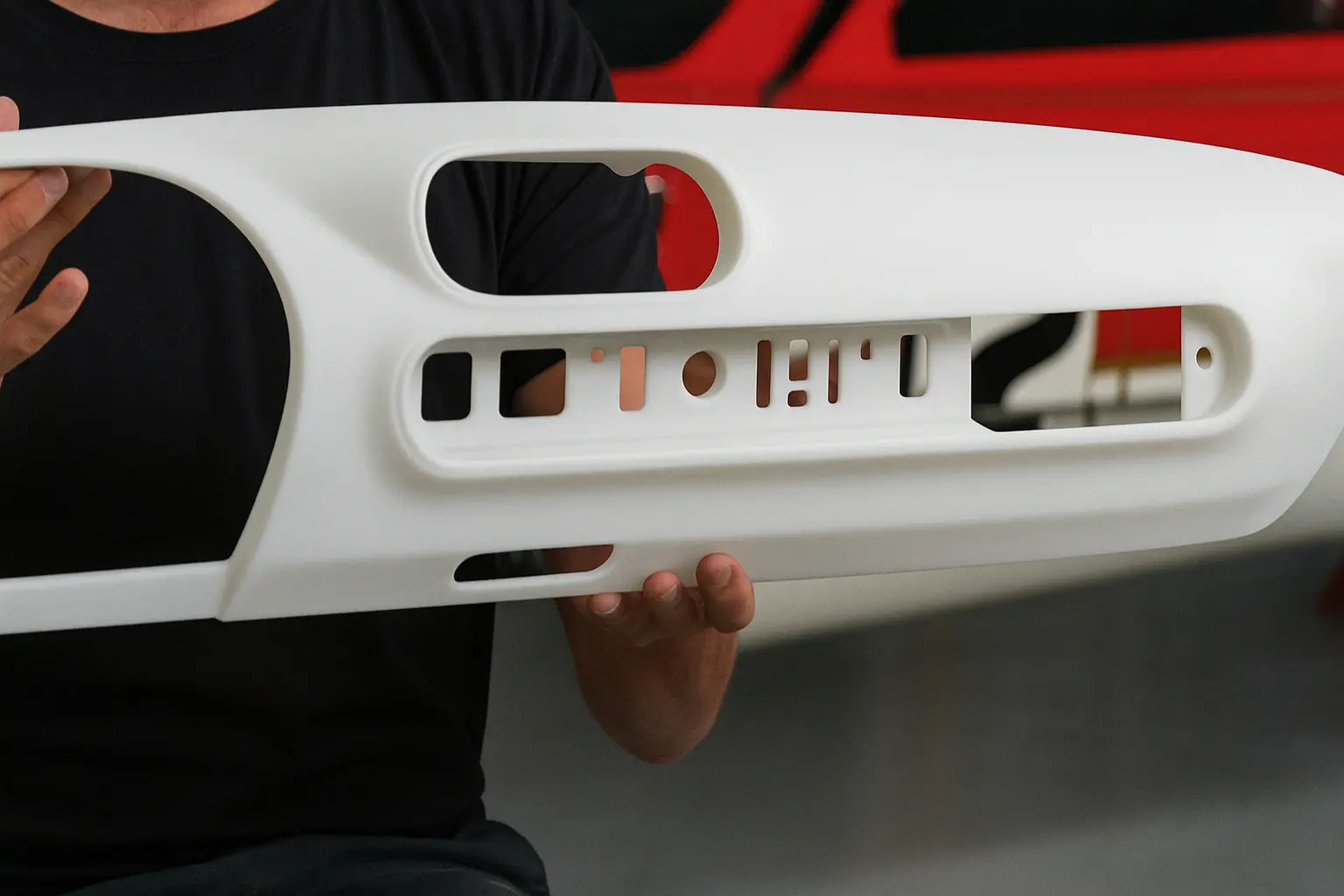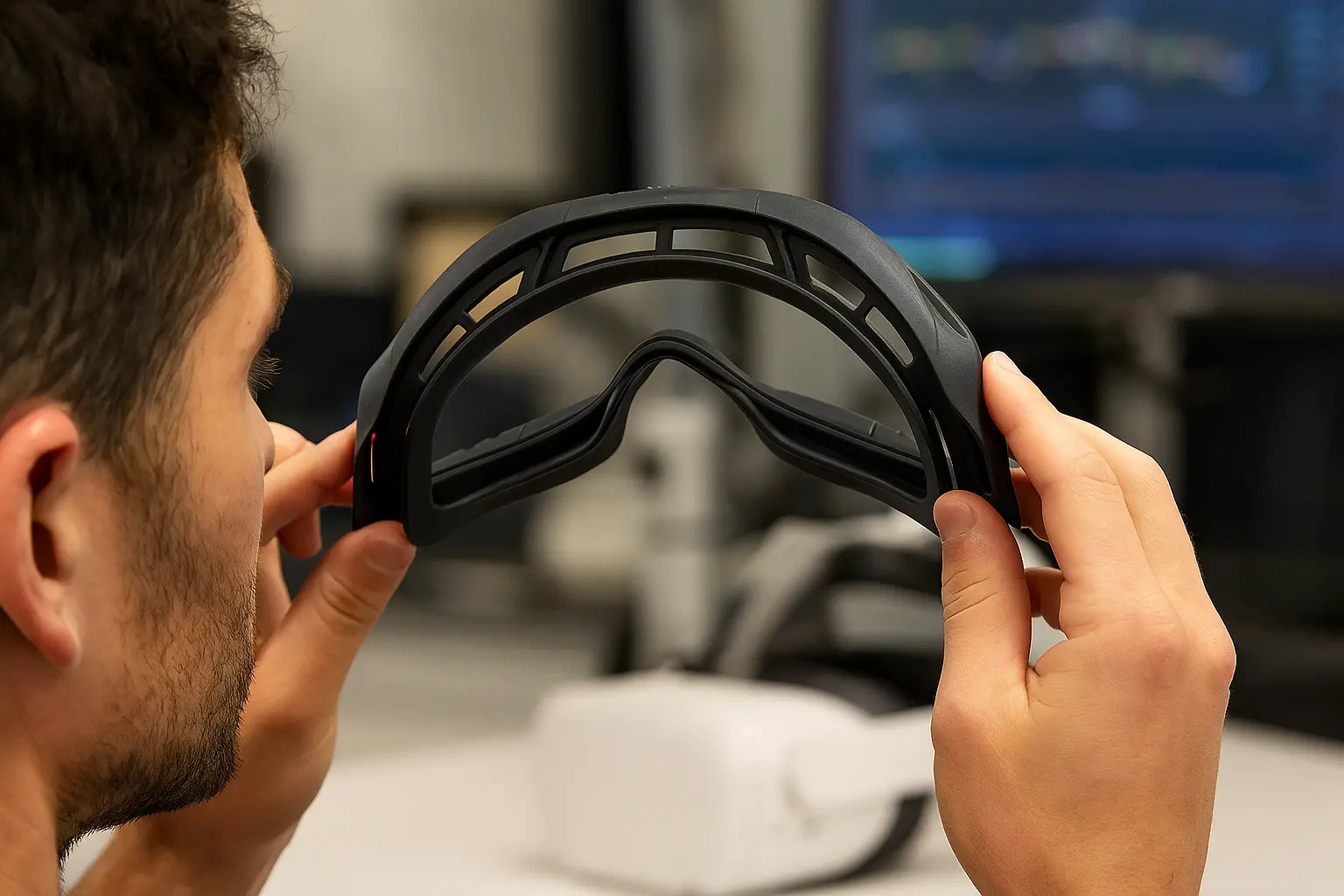Largest Build Volume
Large-format SLA enables full-scale prototypes, automotive panels, and industrial housings in a single build without segmentation.
Ideal for visual prototypes, design validation, and customer presentations requiring full-scale accuracy.

